
Discover more from Back Row
Olympics One Giant LVMH Ad
The Games are supposed to be, optics-wise, a brand-free zone. And yet!
In today’s issue:
Was the LVMH branding in the Olympics distasteful? Brilliant? Both?
The consequences of Olympics sponsorships becoming more overt.
Loose Threads, featuring the existential question of 2024: are we too sad to drink Champagne?
LVMH managed to turn the Olympics Opening Ceremony into a giant ad for itself. As athletes proceeded down the Seine in their respective countries’ boats, LVMH brands didn’t just insert themselves here and there, they were more like a marketing patina over the entire thing.
Perhaps the most grandiose of these inclusions was footage of a masked torchbearer in a Louis Vuitton workshop, witnessing the making of the monogrammed LV trunks that hold the medals. We then saw the creation of a gold medal, by LVMH jewelry brand Chaumet, which was placed in the LV trunk and lowered into a squad of dancers in front of LV HQ. The trunk was carted to a boat on the Seine carrying US Olympic swimmer Michael Phelps and French biathlete Martin Fourcade. The trunk then took its rightful place in the very center of the vessel, two of the most successful Olympians in history standing off to the side like backup dancers.

LVMH made sure that broadcasters knew and could inform us that its brands had also dressed the performers throughout the ceremonies, including Lady Gaga, Aya Nakamura, and Celine Dion, along with many of the dancers. An announcer on the Peacock broadcast of the Opening Ceremony I watched said Louis Vuitton had provided attire for many of the performers, who were “dressed to perfection. Because as we know, the City of Love isn’t just about romance, it’s about food and fashion.” This is a fair point — Paris IS a fashion city, and it makes sense to honor that. Capitalizing on it at the Olympics, however, may be another matter.
Vuitton’s trunk porn was so blatant that it maybe wasn’t totally in line with Oympics standards, per AFP:
Michael Payne, a former head of [International Olympic Committee] marketing who was credited with overhauling its brand and finances through sponsorship, says that while LVMH's partnership with the IOC for the Paris Olympics has been "brilliant", he thinks they got a "massive free ad" at the opening ceremony.
Payne says it could upset the IOC's 15 TOP partners -- who unlike LVMH are tied in for several Games at great expense. He himself helped found the programme and he advises several of the TOP partners.
During the last quadrennial, they accounted for approximately 30 percent of the IOC's $7.6 billion revenue.
"I thought the ceremony was spectacular," Payne told AFP on Saturday.
"The direction of stylish sponsor product placement may not be wrong but needs exceptionally careful management.
"LVMH got a massive free global ad last night and other partners are all going to be asking, how did that work?"
He said the IOC's other partners could well be asking "why were we left out and given no chance to propose ideas or even had them rejected?"
You could argue it wasn’t exactly a “free” ad — LVMH’s total sponsorship, which is “premium” rather than “TOP,” cost 150 million euros, or .17 percent of its total 2023 revenue of 86.2 billion euros.
But LVMH got something more for its investment: tons of media coverage of the sponsorship itself. LVMH Chief Bernard Arnault even gave a rare television interview to CNBC’s Squawk Box to talk specifically about the sponsorship. Sitting in the flagship Dior store in Paris, Arnault talked about the history of Dior, including why he acquired the brand in the eighties. He explained that his fascination with Dior began when his mother wore Dior perfume. “It was Diorissimo, which is still part of Dior perfume,” he said.
This gives you pretty big insight into why LVMH wanted to bother with all of this: any mass audience of the likes the Olympics attracts will be unable to afford LVMH apparel, but they could maybe swing a perfume or lipstick. And LVMH recently reported an 8 percent decrease in first-half operating profits year-over-year, so you can understand the hustle for sales of the low-hanging fruit in their product portfolio.
The blatant inclusion of Louis Vuitton and LVMH was a curious development for the Olympics, which is supposed to exist as sacred sports real estate, an environment where brands cannot pollute the proceedings with marketing.
The Olympics has been so successful at keeping brands away from the venues, athletes’ uniforms, and general proceedings that I had to look up who the TOP Olympics sponsors are. They are mega-brands like Coca-Cola, Visa, Intel, and P&G. According to an Olympics deck, in 2022, they included Panasonic, which, among other activations, provided washing machines to the Olympic Village so the athletes could do their laundry. They also included the watch brand Omega, which you may have noticed is sponsoring the Paris Olympics, and which provides equipment to time things. Again, these are bigger sponsors than LVMH, and they’re literally relegated to the sidelines and laundry room.
High-fashion brands tend to foster some degree of public intrigue surrounding anything they do, and LVMH had a big opportunity to exploit that. You have to give the company credit for how well they did. I have seen so many stories about how they were the first luxury conglomerate to do this and how the marketing was just brilliant. Indeed, it was a new way for fashion to engage with the Games. Normally, apparel brands make some forgettable athlete uniforms, farm out articles about said forgettable uniforms because they can’t put their logos all over them during the competitions, and no one ever thinks of said brand’s involvement again. But LVMH capitalized on the mere act of backing their dump truck of money up to the Olympics in a really smart way. And they didn’t need to paper the venues and athletes with Damier checks or MISS DIOR in order to do that (though they did dress the French team at the Opening Ceremony). It was just good media relations — the kind that might make you forget recent stories about how Dior bags cost $57 to assemble in an alleged sweatshop, and how fellow LVMH brand Loro Piana’s $9,000 vicuña sweaters rely on free labor from indigenous farmers.
As for whether or not the audience will accept LVMH in its sponsorship capacity, which includes providing LVMH cases for medals throughout the competitions? I would guess to the average viewer, it’ll go over just fine. Today, many of us expect top athletes to be fashion-oriented. In the non-Olympics sporting world, the days of professional athletes walking into games in unremarkable sneakers and sweats with a functional nylon bag are long behind us. Super Bowl players have turned their stadium entrances and plane exits into content worthy of coverage on Purseblog. The WNBA’s Caitlin Clark can’t even walk into her basketball games without a Big Fashion Brand foisting heels upon her.
As far as major league games go, those are becoming more overtly sponsored, too. I do not watch a whole lot of sports outside the Olympics, but my husband laments that uniforms in the NBA and NHL, for instance, are increasingly becoming “like Nascar.”
LVMH’s branding in the Opening Ceremony was a brilliant sponsorship play, but it certainly opens the door for more brands, fashion or otherwise, to use the Games for overt product placement. Today, it’s watching a trunk get made, which LVMH has successfully convinced the public over decades is worth romanticizing. In four years, it could be watching Team USA gymnast Sunisa Lee apply for a credit card before she takes her turn with the torch.
Loose Threads
If you want to go deeper into LVMH’s financial results, a number of outlets have seized on Champagne sales decreasing 15 percent in the first half of 2024. “Champagne is quite linked with celebration, happiness, et cetera,” Chief Financial Officer Jean-Jacques Guiony said during an earnings call. “Maybe the current global situation, be it geopolitical or macroeconomic, doesn’t lead people to cheer up and to open bottles of champagne.”
Instagram just released a feature that allows users to make AI versions of themselves. Remember when celebrities like Kendall Jenner had AI facsimiles made of themselves on the app, and many used words like “creepy” to describe them? So now, anyone can do that.
A recent study reveals young people are buying counterfeit Dior and Prada handbags to “achieve a sense of social equality.” However, many counterfeit goods, being illegal, are made in highly exploitative environments.
In effort to court ultra-wealthy shoppers, luxury brands have left middle-class shoppers behind, reports WSJ. Now Burberry and Saint Laurent are cutting handbag prices in order to win them back. Burberry’s Knight handbag is now 22 percent cheaper, while prices of all bags designed under Creative Director Daniel Lee have been reduced 5 percent. A small Saint Laurent Loulou bag that cost $2,950 in January now costs $2,650.
Dazed takes a closer look at Mark Zuckerberg’s recent style choices: “Now, the Steve Jobs era of millennial minimalism – the pared-back Patagonia fleece and the Frutiger Aero drip – has been replaced with Gen Z rizz – a likeable dude next door who goes to the gym and eats a carnivore diet, who’s into MMA and speaks to camera like a former Supreme bro who now makes TikTok videos on how to max out your aura.”
Earlier in Back Row:


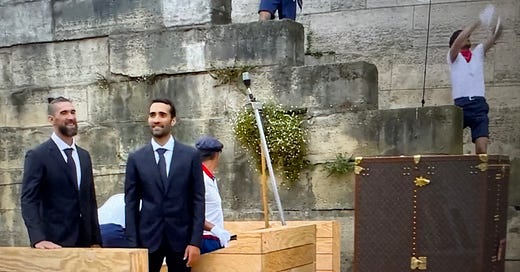




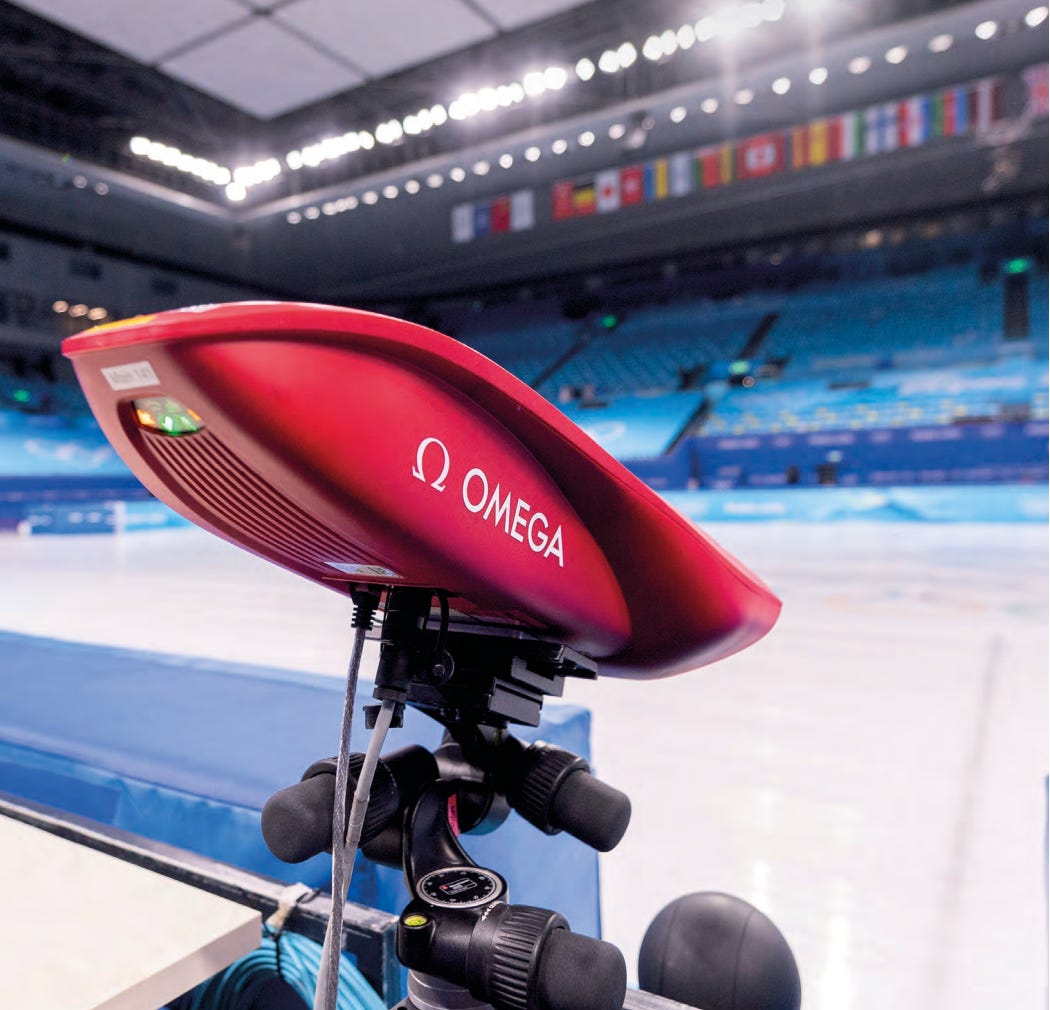
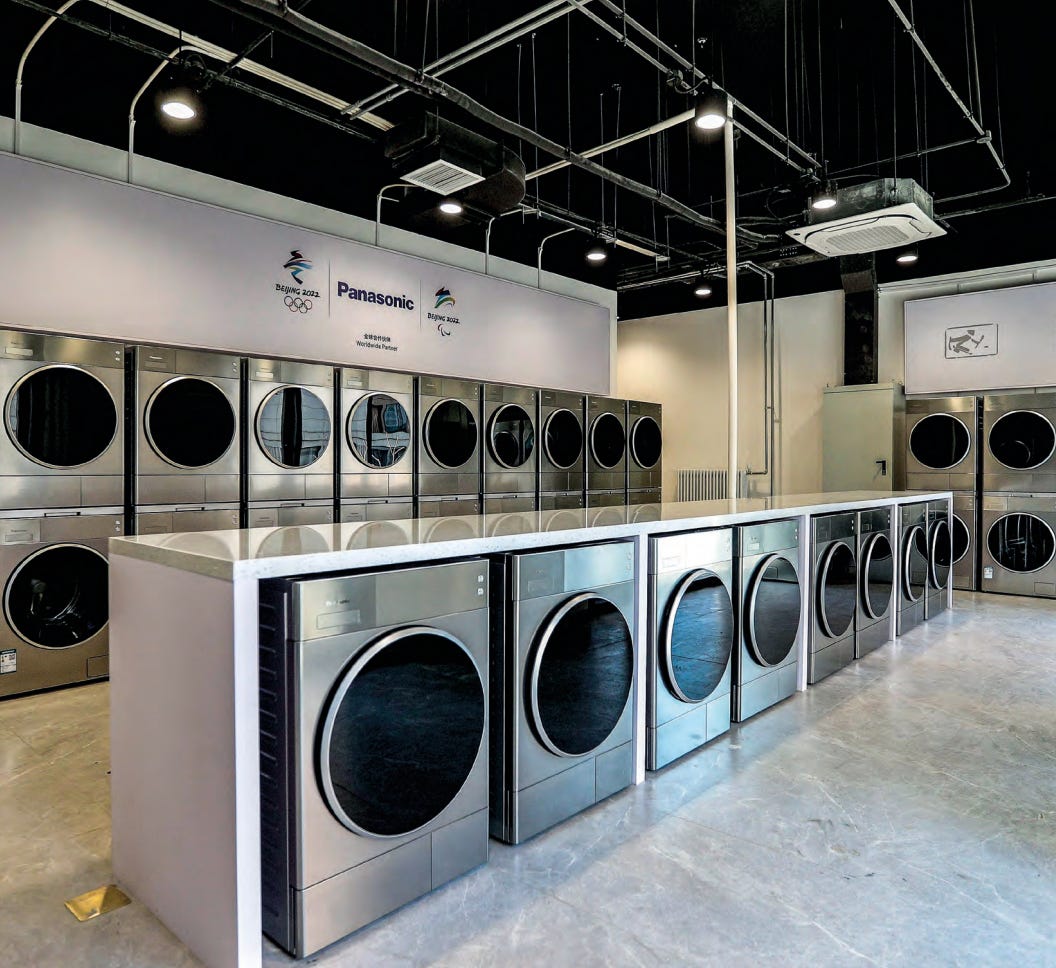
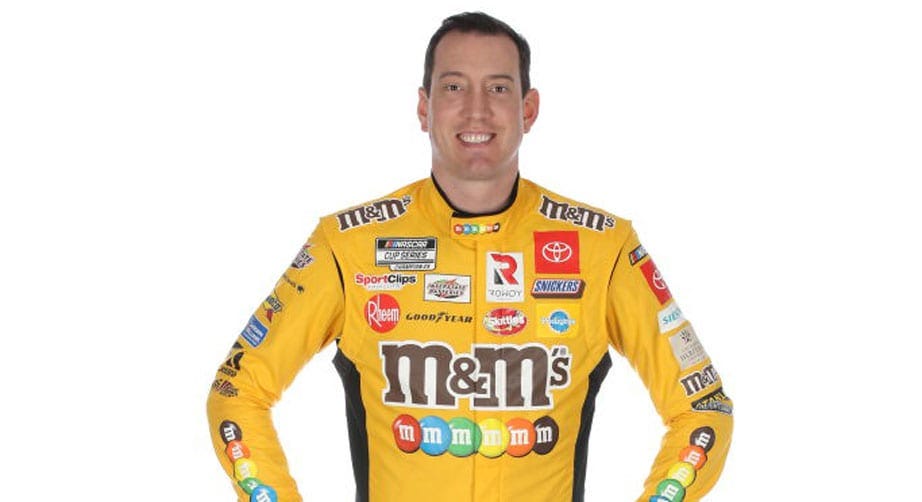
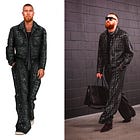
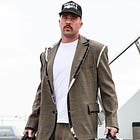
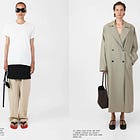







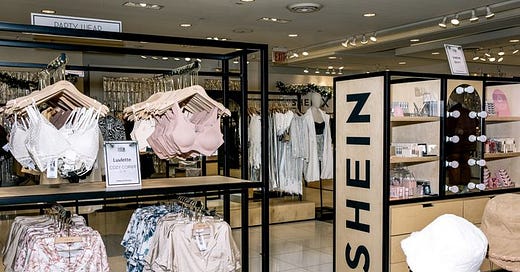


Re champagne sales decreasing - I was just in Alsace and visited wineries every day. One said that their sales of crémant have increased significantly. Crémant is French sparkling wine made in the champagne style...just not in Champagne. And it costs 1/3 to 1/2 what a bottle of champagne does. The winemaker said that French people are switching to crémant post Covid due to the rising costs of champagne.
Maybe I’m hyper aware of branding because I work in content marketing, but I felt like the LVMH product placement was cringe (especially that Michael Phelps with the trunk moment). It felt overdone, and I’m shocked to learn that LVMH is in fact not one of the top sponsors of the Olympics. In light of the impending Great Exhaustion (which is really already here), this felt like old school marketing and out of touch with what consumers do and don’t want from brands. And, your husband is 💯 right about NHL uniforms now looking like NASCAR.